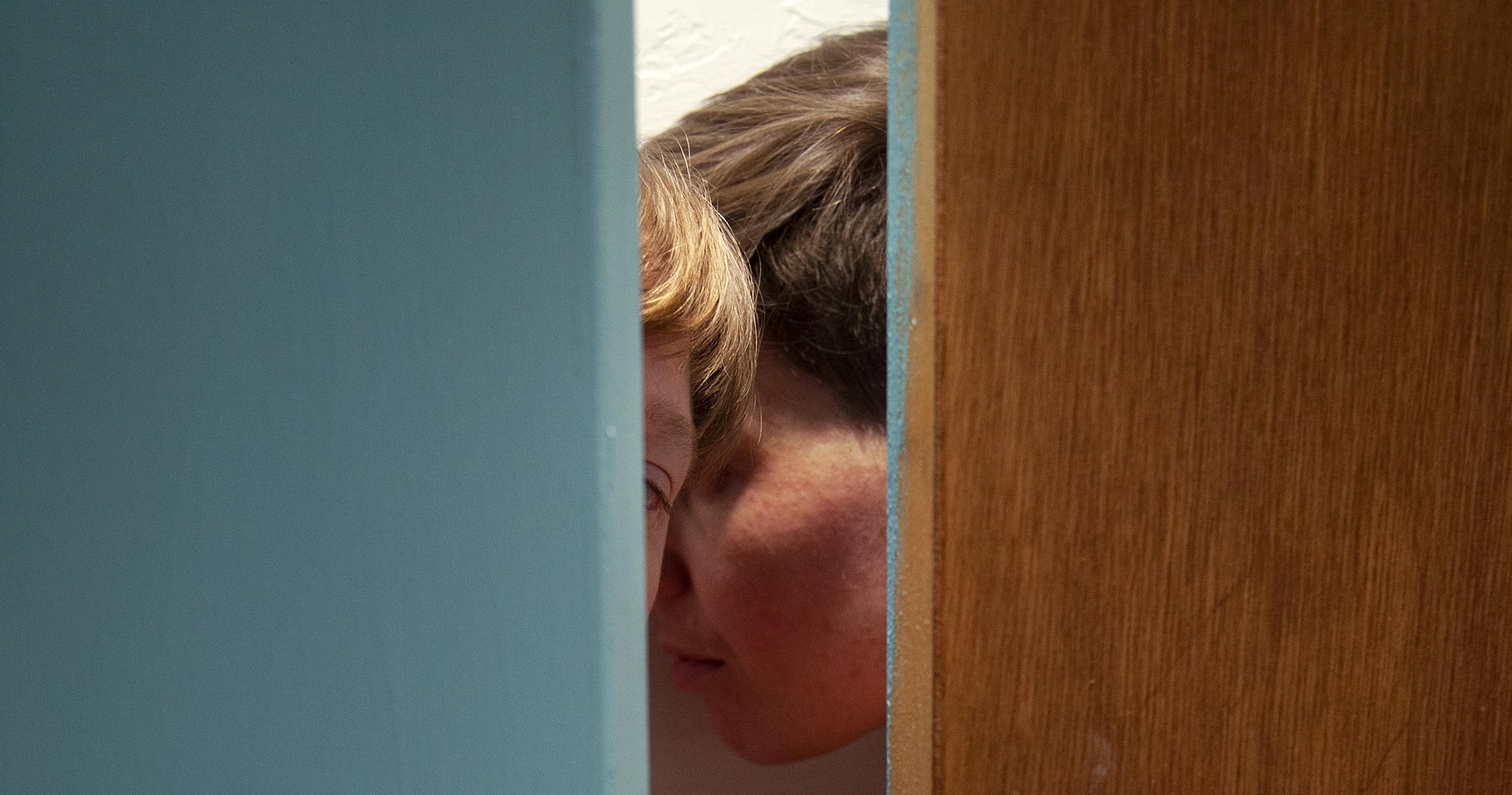The photographer’s latest series “What It Means to Be Here” explores societal constructs like heteronormativity, gender performance, and perceptions of the nude form through intimate captures.

You’re getting blind.
Don’t miss the best of visual arts. Subscribe for $9 per month or $108 $90 per year.
Already suscribed ?
Read more : Mona Kuhn’s Universal Figures



